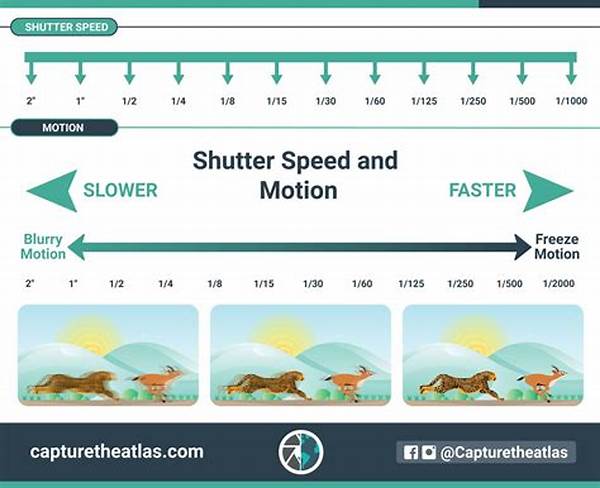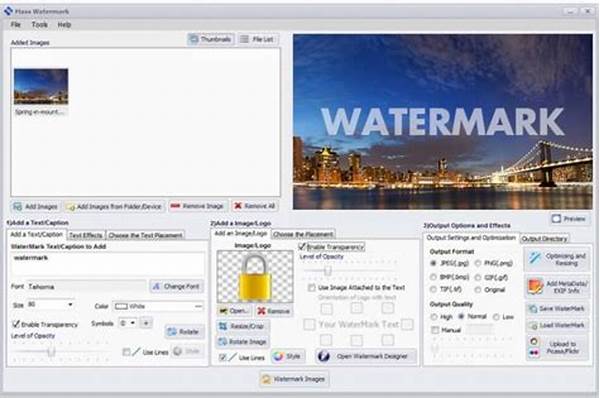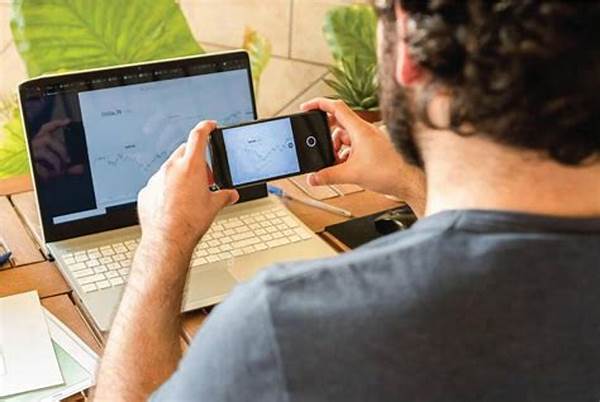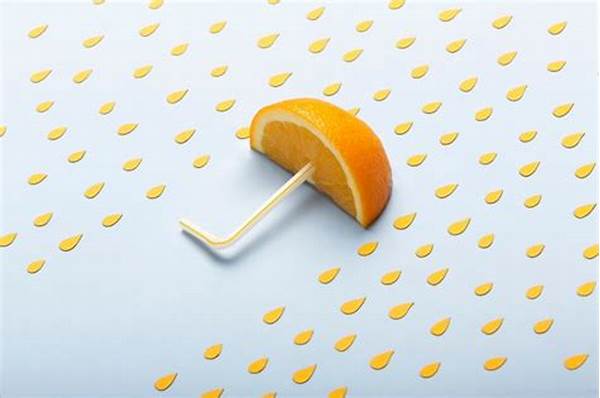Alright, fellow photography enthusiasts! Let’s dive into the captivating world of shutter speed and how it affects image blur. If you’re like me, you might’ve snapped a great picture only to realize it turned out all blurry. Well, the culprit could be your shutter speed. So, let’s talk about how mastering shutter speed can either elevate your photos to a whole new level or leave them looking like a mishap from a hurried shoot.
Read Now : Simplifying Visual Communication Techniques
Understanding the Shutter Speed Impact on Image Blur
So, what’s the deal with shutter speed impact on image blur? Essentially, shutter speed controls how long your camera’s shutter stays open. A fast shutter speed means the shutter opens and closes quickly, capturing less movement and thus reducing blur. Perfect for those fast-moving subjects like a sprinter or a playful puppy. On the flip side, a slow shutter speed lets the shutter stay open longer, capturing more motion, which can either give you that dreamy, soft effect or just a plain old blurry mess—depends on your artistic vision!
When you’re shooting in low-light conditions, you might have to slow down your shutter speed to let more light in. But beware! This is when the shutter speed impact on image blur can hit. Even a tiny trembling hand can turn a potentially award-winning capture into a blurry memory. Pro-tip: use a tripod or stabilize your camera to combat unwanted blur.
Tips for Managing Shutter Speed Impact on Image Blur
1. Crank up that shutter speed when your subjects are moving quickly. Think sports or wildlife. You need it really fast to freeze the action and reduce blur.
2. Remember, slower shutter speed equals more light but more blur. Always consider light availability!
3. Want that artsy, motion-blurred background with a sharp subject? Try panning with a slow shutter speed.
4. For nighttime cityscapes, use a tripod with long exposure to avoid accidental shakes and ensure clarity.
5. Experiment! The shutter speed impact on image blur can be your creative tool, so don’t shy away from trying different things.
Shutter Speed Impact on Image Blur: Night Photography
Night photography can be challenging mainly due to the shutter speed impact on image blur. At night, your camera’s sensor has less light to work with, which is why lowering the shutter speed becomes necessary. Longer exposures can beautifully capture light trails or starry skies, but shaky hands can ruin the shot.
Now, here’s the trick for minimizing unwanted blur during night shoots—use a tripod. Seriously, it’s a game changer! Secure your camera on a sturdy tripod, and you’re good to go with those long exposures. Trust me, the difference between handheld and tripod shots is night and day. Let the shutter speed impact on image blur be a tool rather than a hindrance by turning those potential blurry messes into magical light stories.
Key Points About Shutter Speed Impact on Image Blur
1. Freezing Action: Use fast shutter speeds to prevent blur in action shots.
2. Creative Blur: Slow shutter speeds can create beautiful motion blur, just keep it steady.
3. Low Light Conditions: Manage light availability with slower shutter speeds, but remember, it increases the chance of blur.
4. Tricks and Tools: Use a tripod or camera stabilization techniques to minimize unwanted blur.
5. Experimentation: Don’t be afraid to experiment. The shutter speed impact on image blur can enhance your images creatively.
Read Now : Subtle Tint Techniques For Black And White Photos
6. Panning Technique: This involves moving the camera along with a moving subject for a focused subject against a blurred background.
7. Lighting Aids: If feasible, use external lights to help keep shutter speeds faster, reducing potential blur.
8. High ISO Settings: Coupled with fast shutter speeds, high ISO can help in poorly lit situations, though it might add noise.
9. Shooting Modes: Utilize Shutter Priority mode (Tv or S) to directly control shutter speed impact on image blur.
10. Learning Curve: There’s a learning curve, but mastering shutter speed will beautifully reduce unintended blur.
Shutter Speed Impact on Image Blur in Action Photography
Action photography thrives on an understanding of the shutter speed impact on image blur. Capturing that perfect touchdown or a cheetah’s gallop hinges on freezing motion effectively. If you’re like me, and your heart races with adrenaline during these moments, a faster shutter speed (think 1/500 or higher) is your best buddy. This way, every detail snaps into focus without a hint of blur.
But sometimes, especially in sports, a bit of motion blur can tell a story: the speed of a cyclist’s wheels, the passionate swing of a dancer’s dress. That’s where creativity meets technicality. Lower your shutter speed slightly, maybe to 1/250, and pan smoothly along with the motion. Voilà! You sum up the energy and movement perfectly, like a maestro with a camera!
Shutter Speed Impact on Image Blur: Let’s Talk in Slang
Yo, let’s chat ’bout shutter speed impact on image blur, shall we? It’s all ’bout how quick or slow your cam be snappin’ pix, ya dig? So, when you set it high, your clicks be fresher than fresh. But set it low, and you might capture more ghostin’ than you’d like, unless you’re going for that vibe.
For those low-light jamz, you gotta slow it down, man! But, peep this—keep steady or you’ll end up with a soup of blur. The shutter speed impact on image blur can make or break your shots, so get your game tight, and keep experimentin’, home slice. Remember, it’s not a bug, it’s a feature if used right!
Wrapping it Up: Shutter Speed Impact on Image Blur
Alright, wrapping things up, let’s talk about what we’ve learned regarding the shutter speed impact on image blur. It’s more than just a setting on your camera; it’s a gateway to capturing scenes the way you picture them in your head. Whether you’re freezing a memorable moment or embracing the poetic blur of motion, understanding shutter speed can transform your photos from mediocre to magnificent.
Remember, photographing is an art, and shutter speed is one of your brushes. Practice, play, and perfect your technique. Whether you’re shooting under blazing sun or moonlit skies, let the shutter speed impact on image blur be your creative ally, not your foe. Go ahead and give it a try—you might just surprise yourself with the visual stories you can create!



